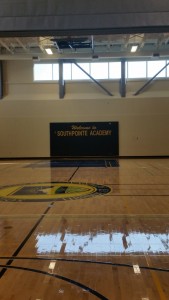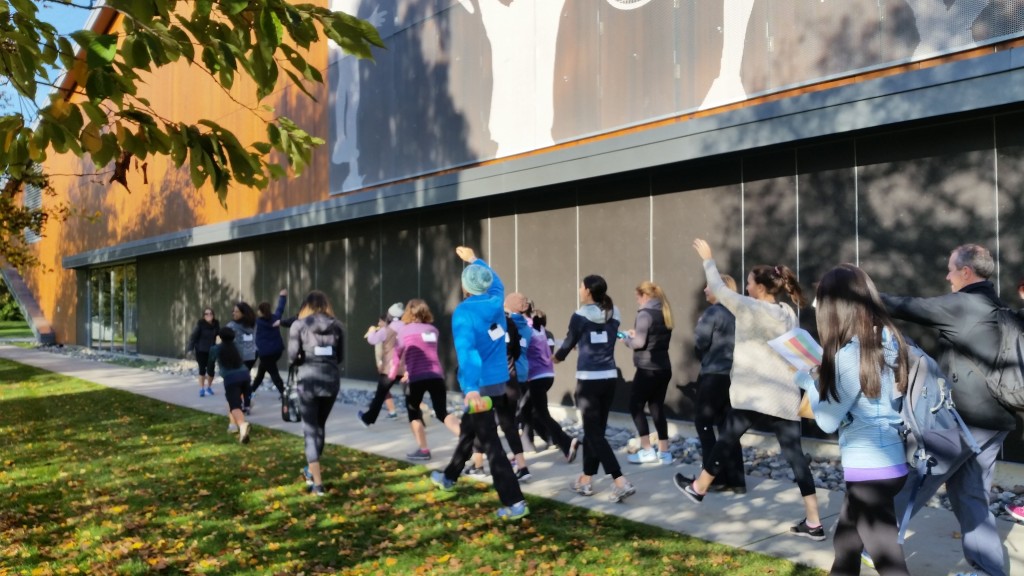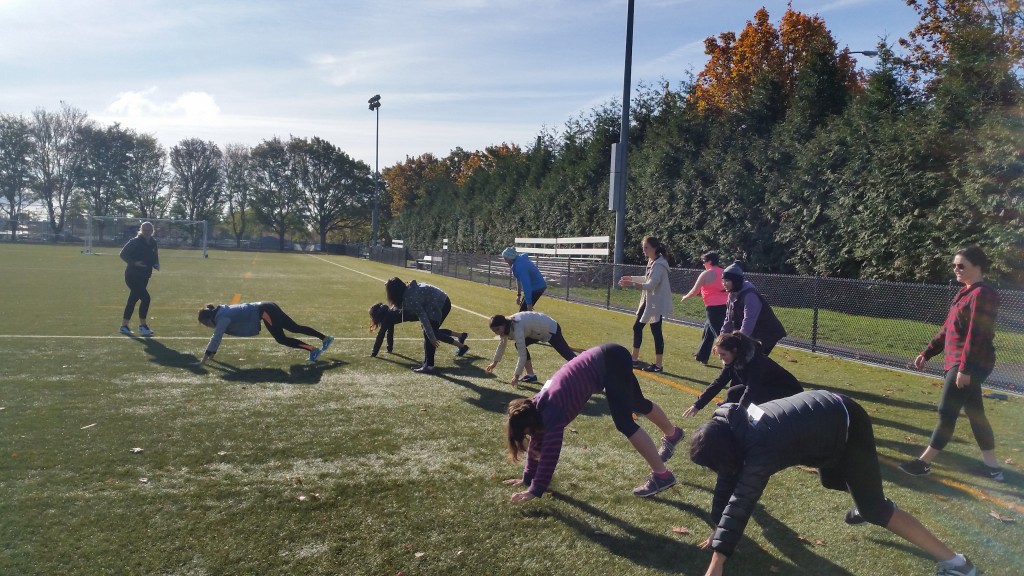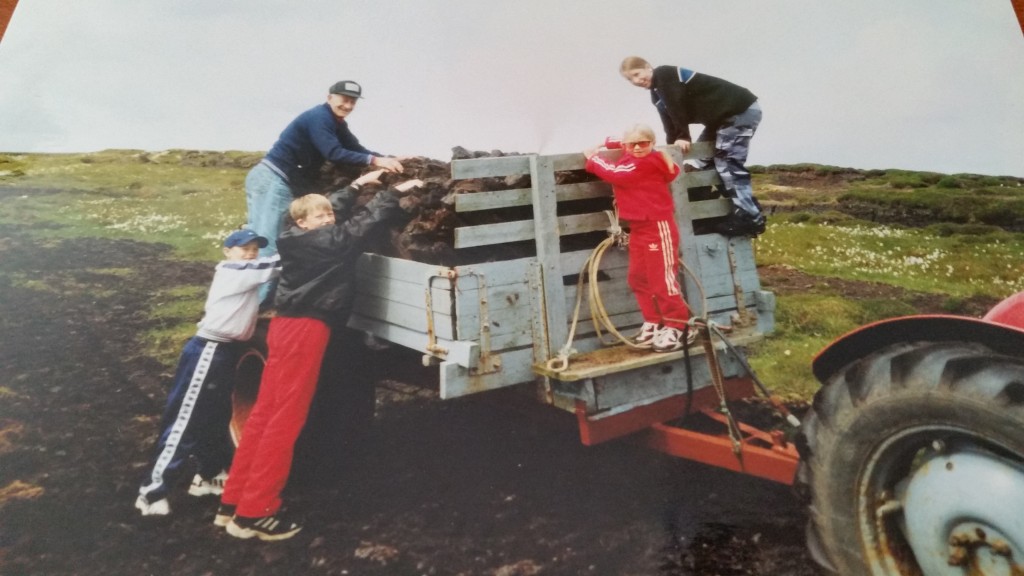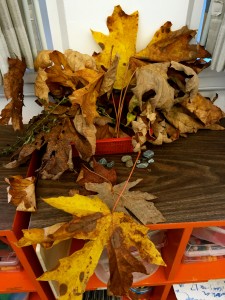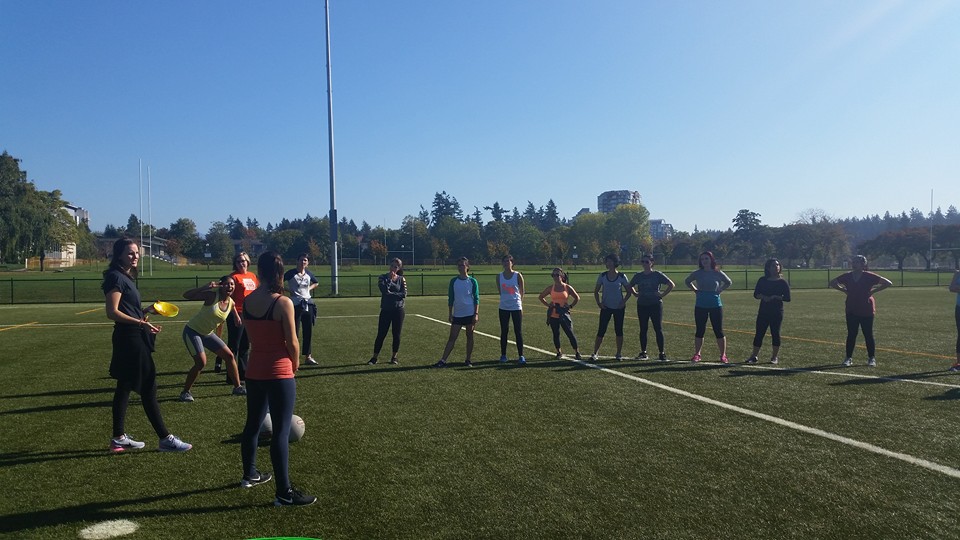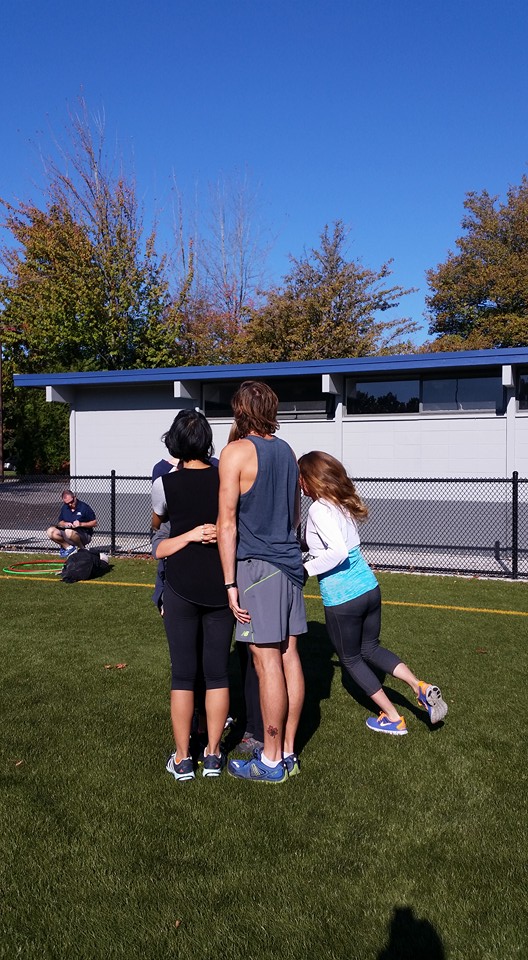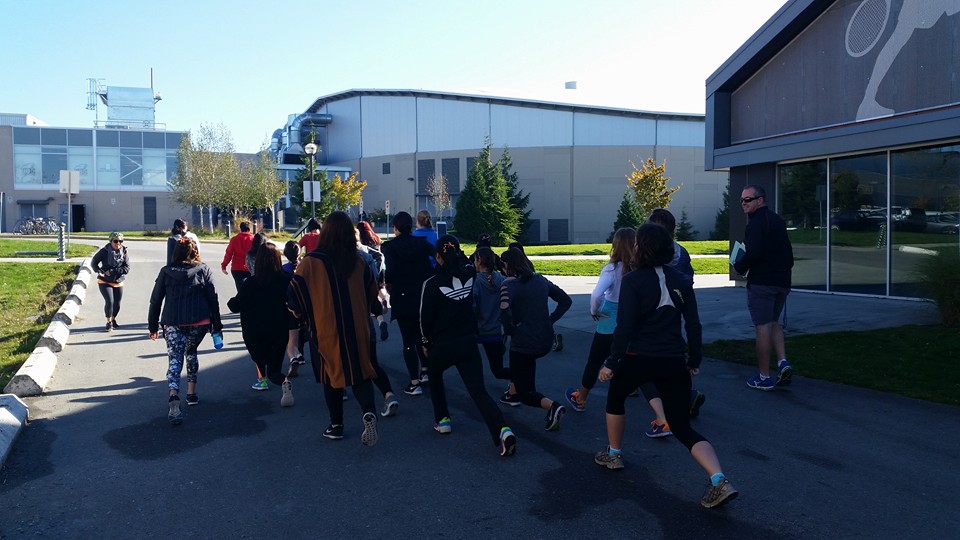Dance isn’t something that comes naturally to me. The only time I believe we’ve done dance in PE was during the month of December, in preparation for the Christmas Party where we would have a Ceilidh. Practicing involved having the boys line up on one side of the hall and the girls on the other, with each taking turns to select a partner. Possibly the most awkward thing ever when you’re in your pre-teens! So seeing dance in a different way was great fun. Everyone was moving and having a great time, and I felt like we’d achieved something by the end of the class. I thought the ladies did an excellent job leading, and I have to also give a shout out to Meghan for being such a ‘risk-taker’!
This week during practicum, we’ve been able to see how physical education is being implemented in the schools. Southpointe has 4 specialists who cover the K – 12 years. The first day when I walked into a PE class the students were sitting individually on their ipads reflecting on videos of their batting movements. I think it’s safe to say that physical education has definitely changed from when I went to school!
I’ve been able to watch my class transition through skill building drills to mini-games, before participating in full class batting/fielding games. They even played Chuck the Chicken! Not only that but they have also been connecting to their next Unit of Inquiry (body systems). How did their muscular system/central nervous system/respiratory system help them achieve that movement? How are they connected? Thus, the students already have some knowledge before they even get started! It’s great seeing everything that we’ve been discussing during our classes being implemented in the field.

